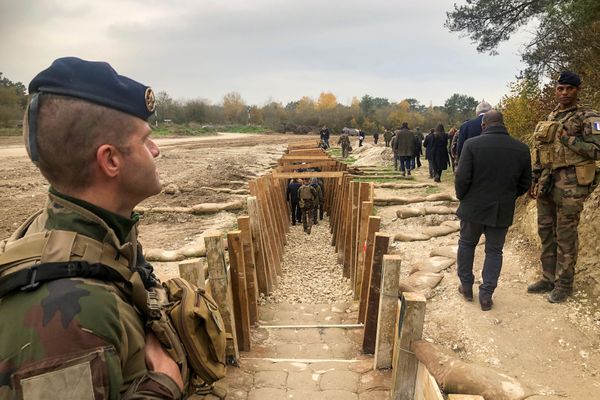
On 1 February 2021, Myanmar’s military seized power in a coup in the dead of night, hours before the newly elected parliament was due to convene for the first time. The military alleged voter fraud in the November 2020 election, when its proxy party was trounced by the National League for Democracy, led by Aung San Suu Kyi, which won a landslide re-election victory.
A few days after the coup, mass protests erupted in Yangon and across the country. While there were some isolated incidents of violence, security forces largely allowed peaceful demonstrations to take place throughout the month of February. But towards the end of the month, the junta deployed increasingly violent tactics, from water cannon, beatings and rubber bullets to live ammunition.
Deaths
On 28 February, at least 18 people were killed in crackdowns across the country; from there the violence escalated. The Assistance Association for Political Prisoners (AAPP), a rights monitoring group, has documented more than 1,400 civilian deaths during military crackdowns on the pro-democracy movement. This number does not include those killed by airstrikes, shelling or armed conflict. As of 10 January, 103 of those killed by the military were women. In total, 239 people have died in military custody, of whom 91 were tortured to death during interrogation, according to the AAPP.
More than 11,000 people have been arrested, of whom more than 8,700 remain in detention. Despite these brutal tactics, even after a year, the military has been unable to quell the resistance and is struggling to contain uprisings across multiple fronts.
The violent crackdowns have inevitably sparked armed resistance, with civilians forming armed revolutionary groups, mostly in rural areas, and often allying with major ethnic armed groups, which have fought for political rights to self-determination for decades. The military have responded with typical brutality, allegedly targeting entire civilian populations in an attempt to snuff out resistance, displacing hundreds of thousands.
Displacement
Tactics including airstrikes, shelling, arson and mass arrests and killings have caused hundreds of thousands to flee their homes, most of whom are sheltering in the forest or in makeshift displacement camps where the military is also blocking their access to essential food and medical care, rights groups have found. A further 19,000 people have crossed into neighbouring countries since the coup.
Those newly displaced since February add to 340,000 people who were already living in protracted displacement situations before the coup, including more than 100,000 Rohingya people in Rakhine State.
Fires
As part of its broader attacks on civilian populations, the military has burned homes and buildings, including churches.
In the town of Thantlang in Chin state, it has launched 18 arson attacks since September, which have destroyed more than 900 homes and displaced all of the town’s 10,000 residents, according to the Chin Human Rights Organisation. As of 27 December the United Nations had identified more than 2,200 houses and civilian properties burned or destroyed since the coup.
Poverty
Coming on top of the Covid-19 pandemic, the military coup has had devastating effects on incomes and has caused a climb in food insecurity across Myanmar. A survey conducted by the UN Development Programme in May and June 2021 predicted that urban poverty would triple by early 2022 compared with 2019 levels.
The UN has identified 14.4 million people across Myanmar in need of humanitarian assistance in 2022, according to its Myanmar Humanitarian Needs Overview, which described an “unprecedented political, socioeconomic, human rights and humanitarian crisis” as a result of the coup and Covid-19. Factors including increasing armed conflict and displacement, as well as deteriorating access to essential public services, have deepened pre-existing needs among already vulnerable groups, including Rohingya people and other populations living in protracted displacement.
Reduced income
Under military rule, an economy already racked by Covid-19 has further cratered. Hundreds of thousands of civil servants refused to work for the military regime, crippling the public sector, while many others have refused to cooperate with public services, for example by no longer paying electricity bills.
In rural areas, military attacks have displaced farmers from their land, leaving hundreds of thousands struggling to plant or harvest their crops. A World Food Programme report covering August to November 2021 identified Myanmar as a “hunger hotspot” and warned of an increase in acute food insecurity; media reports indicate that hunger is already increasing.
The UN found prices for key household commodities have risen significantly in some parts of the country, while farming incomes have been negatively affected by factors including lower wholesale prices for some crops, higher input prices and limited access to credit. Further violence and financial hardship look inevitable for people across Myanmar as the junta struggles to maintain its grip on power.







